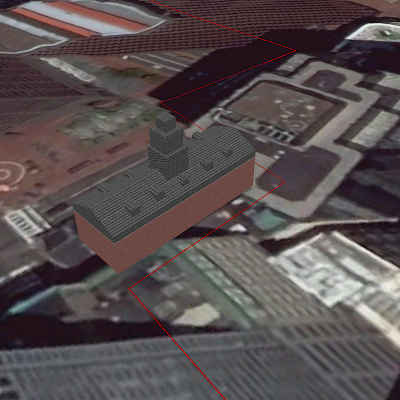Boston: Paul Revere House

This week's stop along Boston's Freedom Trail is our first location within the downtown district. In fact, it is now the oldest building still remaining in downtown Boston, having been built in 1680. And because it is a home (the only one along the Freedom Trail) it gives us a unique look at life during the American Revolution - the life of a citizen, a businessman, and a patriot. The address is 19 North Square and, while the building is old, it had an interesting history prior to the construction of the current structure. From 1670-1676 the site was home to the famous theologian Increase Mather, who was influential to the city as the minister of Second Church as well as later becoming the president of Harvard. A fire destroyed the original house, but a new one was built by a new owner just a few years later. Robert Howard was a wealthy merchant who purchased the land from the church and had a two-story townhouse constructed (and I will later point you to...


